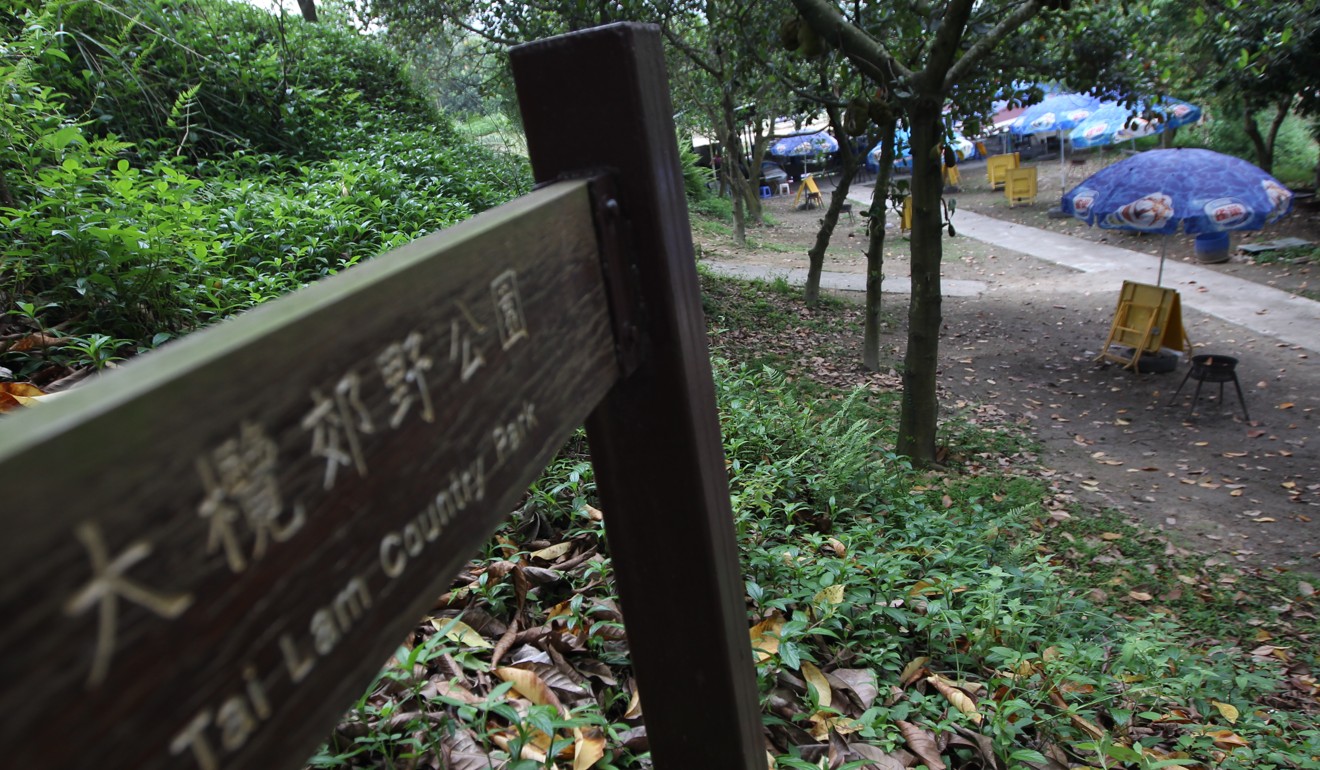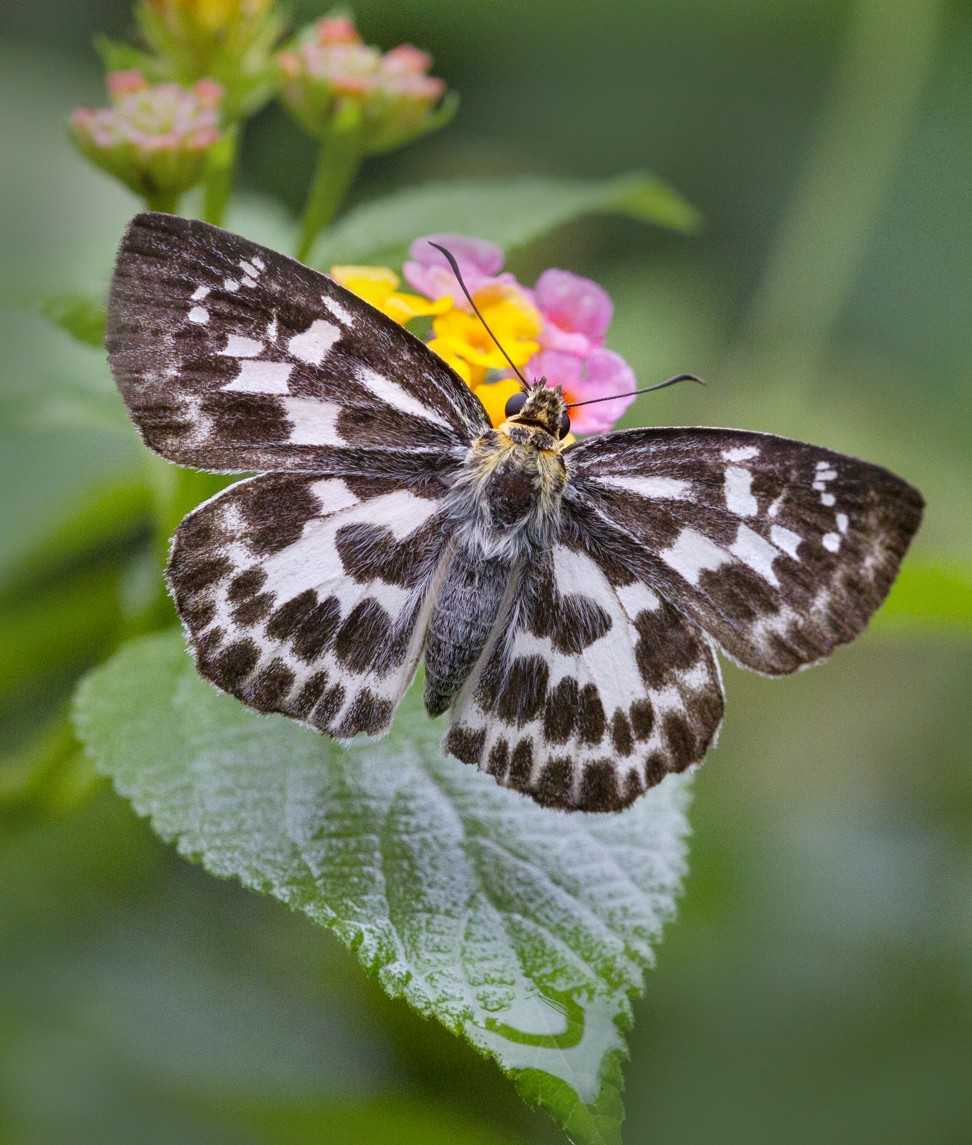
Rare butterfly find in Tai Lam Country Park sparks call to move Hong Kong public housing estate
Environmentalists identify nine species classified as very rare and 14 classified as rare – more than they expected to find
The discovery of a large number of rare butterflies on protected green space slated for public housing has strengthened environmentalists’ calls for the Hong Kong government to halt the project.
Green Power, an environmental group, found 127 butterfly species in Tai Lam Country Park. That included nine species classed as very rare and 14 classed as rare – more than the group expected to find.
Both of those counts were the highest among all 11 Hong Kong butterfly hotspots surveyed.
But the Housing Society, an NGO that is the second largest provider of housing in the city, is expected to look into building public housing or homes for the elderly on about 20 hectares near the park’s fringe. For that to happen, the government would have to seek lawmakers’ approval in amending the Country Parks Ordinance to have homes built in the park.
Rare butterfly sets up home in Hong Kong’s Fung Yuen reserve
Environmentalists have said the government could go too far and not preserve green space, which is protected under the Country and Marine Parks Ordinance.
Matthew Sin Kar-wah, senior environmental affairs manager at Green Power, said his group was opposed to developing the site, citing high ecological value beyond their expectation.
“The large number of butterflies and rare species shows the site has high biodiversity,” Sin said. “Butterflies are bio-indicators, meaning their existence shows the ecosystem must be rich enough to nurture them.”
Sin said the society should build the homes on a nearby brownfield site – agricultural land that can no longer be used for farming – to protect the Tai Lam butterfly habitat.
The brownfield site, which is also about 20 hectares, has car parks, open storage facilities and recycling plants, he said.

“The government should consider developing the brownfield site near Tai Lam Country Park,” he said. “It should prioritise ecologically insignificant sites and not touch country parks at all.”
A spokeswoman for the Housing Society said a consulting firm would be appointed by January next year to conduct a feasibility study on the site.
She said Green Power’s findings would be included in the study, which would evaluate the ecological value of the sites and impacts to the environment.
Green Power members have visited areas on the park’s periphery about 20 times since April. There, they found rare species such as peacock royal and gaudy baron butterflies. Both species feed on a rare plant, witches’ broom, during infancy.
The environmentalists also found some species only recently discovered in Hong Kong, including the angled red forester.

The group surveyed 10 other butterfly hotspots, including Wu Kau Tang in Tai Po and Luk Keng in Fanling, and found a slight drop in the number of butterflies, compared with previous years.
Sin blamed increased urbanisation, such as newly built village houses and car parks in the New Territories, for the decline.
The study did not include any site on Hong Kong Island because it mainly looked at butterfly hotspots that might come under threat of development.


